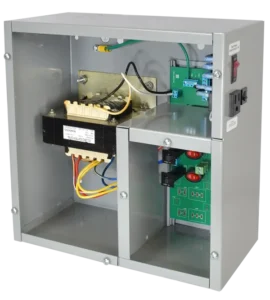Quick Leads
AC vs DC: Key Differences, Applications, and Advantages in Modern Electronics
As engineers, designers, and professionals in the PCB manufacturing industry, distinguishing between Alternating Current (AC) and Direct Current (DC) is critical. Despite this, many often confuse these two types of electrical currents.
Misunderstanding the differences can lead to inefficiencies in design and application, potentially causing issues like incorrect component selection and power delivery problems.
In this article, we will break down the key differences between DC and AC voltage, exploring their workings, advantages, disadvantages, and typical use cases in the field of electronics and PCB design.
Direct Current (DC) voltage flows steadily in one direction, providing a constant voltage level. In contrast, Alternating Current (AC) voltage oscillates, alternating direction and polarity, typically at a frequency of 50 Hz or 60 Hz. This fundamental difference affects how power is delivered and used in devices, making AC ideal for long-distance transmission and DC preferable for stable, low-voltage applications like electronics.
Now that we have a high-level understanding of AC and DC, let’s dive deeper into how each type of current works, their advantages and disadvantages, and when to use them in electronic designs.
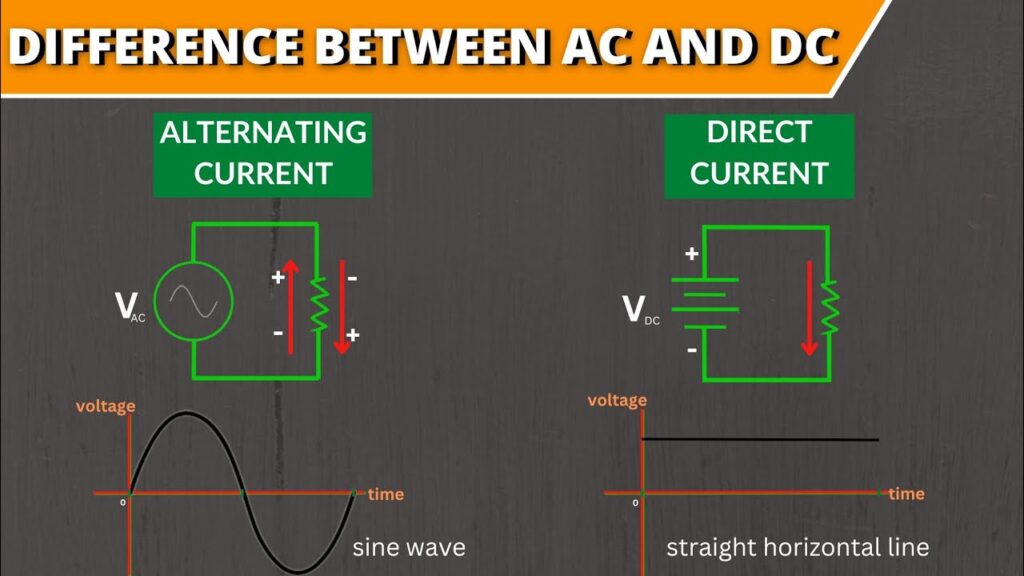
What is Alternating Current (AC)?
Description: Alternating current (AC) refers to an electric current that reverses its direction periodically. In most countries, the standard AC voltage is delivered at 60 Hz, meaning the direction of current flow changes 60 times per second. AC is the most common form of electricity in households and industries due to its ability to be easily transformed into different voltages using transformers. AC power is primarily used for transmission over long distances, making it ideal for applications like household appliances, power grids, and industrial equipment.Read more about how AC voltage impacts PCB Power Systems.
How AC Current Works
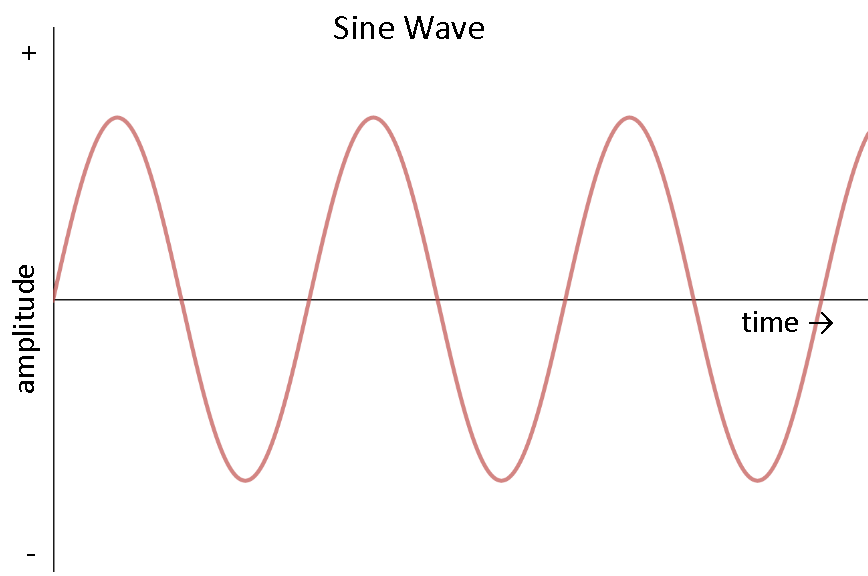
AC current flows in cycles. The voltage of the AC waveform alternates between positive and negative values in a regular pattern. This behavior is described by the sine wave, where the voltage rises and falls in a smooth curve. The frequency of the waveform indicates how many cycles occur per second, measured in Hertz (Hz). The amplitude of the waveform represents the peak voltage. The sinusoidal shape ensures that the power can be easily transformed and distributed over vast distances with minimal energy loss.
Learn more about sine wave properties on Electronics Tutorials.
Advantages of AC Current
Efficient Long-Distance Transmission: AC is ideal for transmitting power over long distances because it is easy to step up or step down its voltage using transformers, reducing power loss.
Lower Cost: The infrastructure for transmitting AC is less expensive compared to DC because AC can travel at higher voltages without significant energy loss.
Versatility: AC is used in most large-scale electrical systems, including home electricity supply, electric motors, and industrial machinery.
Easy Conversion: AC is easy to convert into mechanical energy via induction motors, which is why it’s widely used in electric motors and turbines.Explore the applications of AC in Electric Motors and Industrial Equipment.
Disadvantages of AC Current
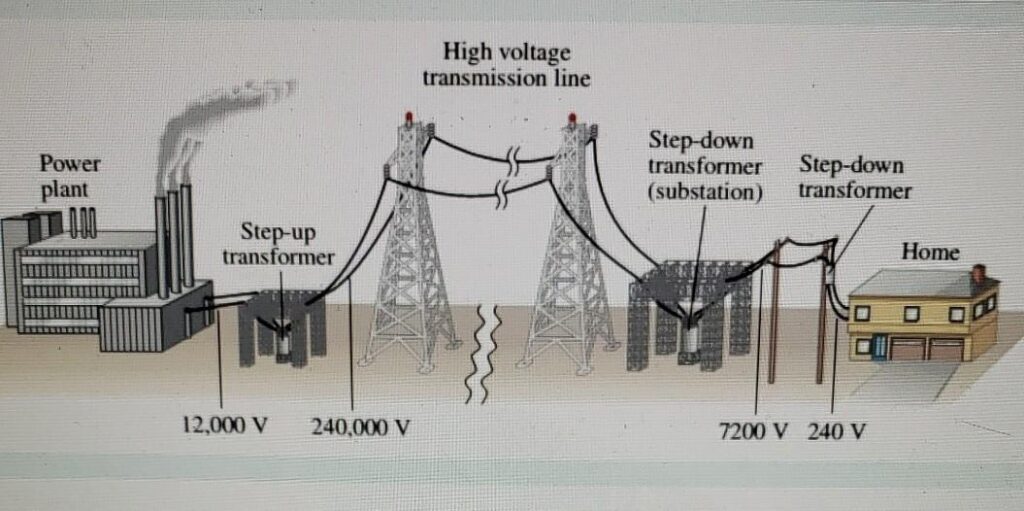
Power Loss: Despite its efficiency in transmission, AC is still prone to some energy loss due to resistive losses and the complexity of the conversion process.
Complex Systems: AC systems require complex rectifiers, inverters, and transformers for conversion, making them more complex than DC systems.
Interference: The changing direction of AC can cause electromagnetic interference, especially in sensitive electronic components.
Learn about AC transmission systems on Energy.gov.
What is Direct Current (DC)?
Description: Direct current (DC) is a flow of electric charge that only moves in one direction. Unlike AC, the voltage in a DC circuit remains constant, providing a steady flow of energy. DC is commonly found in battery-operated devices, such as smartphones, laptops, and electronics that require stable and predictable voltage. DC circuits are simpler to design and are commonly used for electronic devices, such as computers and other microelectronics.
How DC Current Works
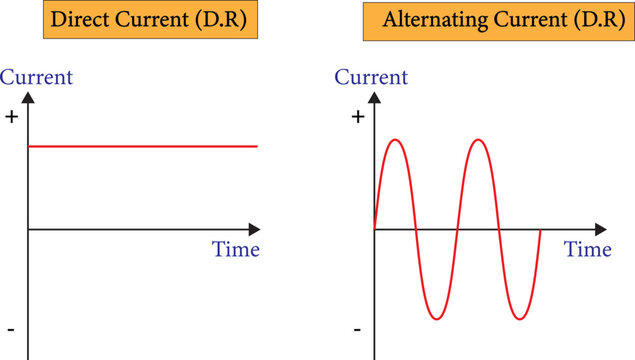
DC current works by maintaining a constant voltage across the circuit, which ensures a continuous flow of electrons in one direction. Since the current does not alternate, the components in a DC circuit receive a consistent amount of power. This consistency is crucial for devices that need precise voltage and stable operation, such as in microcontrollers and digital circuits. For this reason, DC is widely used in PCBs and sensitive electronic devices.
Understand more about DC voltage stability on Renewable Energy World.
Advantages of DC Current
Stable Power Supply: DC provides a stable and constant voltage, which is essential for sensitive devices, such as semiconductors, processors, and LEDs.
Efficient for Low-Voltage Applications: DC is highly efficient in low-voltage scenarios because it doesn’t suffer from the losses that AC does over short distances.
Ease of Storage: DC can be easily stored in batteries, which is why it powers portable electronics and renewable energy storage systems (like solar panels).
No Electromagnetic Interference: Since DC doesn’t oscillate, there is no electromagnetic interference, making it ideal for low-voltage circuits and systems.
Learn how DC supports PCB Designs for LED Applications.
Disadvantages of DC Current
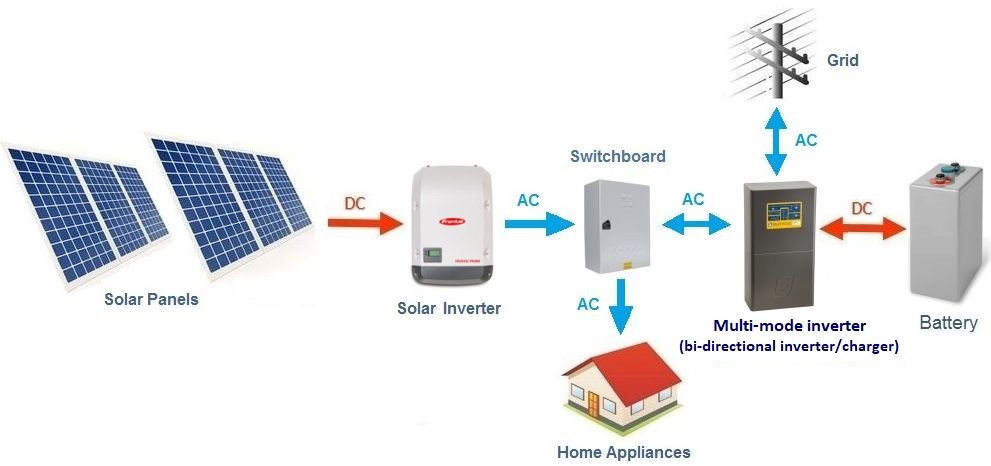
Limited Transmission Range: DC power is inefficient for long-distance transmission. To transmit DC efficiently over long distances, expensive high-voltage transmission lines are required.
Difficult Voltage Conversion: Unlike AC, DC requires complex equipment like DC-DC converters to change voltage levels.
Higher Equipment Costs: For some applications, DC power systems require more expensive equipment, especially when converting between AC and DC.
[External Link: Discover how DC works in solar power systems on Solar Energy Technologies Office].
What is the Difference Between DC and AC Current?
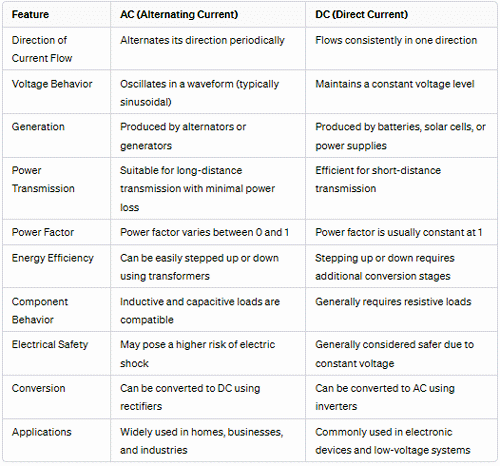
The primary difference between DC and AC current lies in how they flow. DC current flows in one constant direction, making it ideal for powering electronics and battery-operated devices. In contrast, AC current alternates its direction and is typically used for power transmission over long distances. AC is more versatile and efficient for large-scale power distribution systems, whereas DC is more efficient and stable for low-voltage applications, such as in electronics.
Compare AC and DC in Power Grid Applications.
AC vs DC in Renewable Energy Systems
Renewable energy systems, such as solar panels, generate DC power. However, most modern power grids and household appliances run on AC. This creates a need for inverters to convert DC to AC for compatibility. DC power is still widely used in off-grid systems and energy storage solutions like batteries, where its stability and efficiency are advantageous.Read about renewable energy systems on Renewable Energy World.
Frequently Asked Questions
Most houses use AC power because it is efficient for long-distance transmission and suitable for high-power appliances like refrigerators and air conditioners.
DC power provides a stable voltage, which is essential for sensitive electronic components like semiconductors, LEDs, and microcontrollers.
AC voltage alternates direction, forming a sine wave, while DC voltage remains constant. This makes AC ideal for power grids and DC better suited for electronics.
AC is used in power grids because it can be easily transformed to higher or lower voltages using transformers, making it highly efficient for long-distance transmission with minimal energy loss. DC, on the other hand, would require more expensive equipment to achieve the same efficiency for large-scale power distribution.
Limited Time Offer:
Get $100 off your order TODAY!
 Trusted by 100+ businesses worldwide
Trusted by 100+ businesses worldwide No hidden fees – transparent pricing
No hidden fees – transparent pricing Guaranteed quality with on-time deliver
Guaranteed quality with on-time deliverConclusion
Additional Resources:
- What is DC Voltage? Applications in PCB Design & Electronics for High-Power SystemsInspection Methods for Printed Circuit Assembly
- Inspection Methods for Printed Circuit Assembly
- Fudicials, useful?
- How to Audit an SMT Assembly Factory: A Step-by-Step Guide
- What is PCBA? Benefits and Differences with PCB
Request for Quote
RECENT POSTS

Top 10 EMS Companies for Wearable Electronics in 2026 [Fast Prototyping & No MOQ]
Discover the top EMS companies for wearable electronics in 2026 offering fast prototyping, no MOQ,
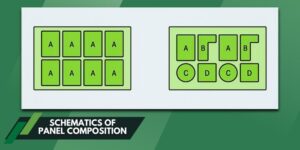
Why PCB Panelization is Essential for Efficient Assembly and Cost Optimization?
Discover why PCB panelization is key to efficient SMT/THT assembly. Cut costs, reduce errors, and
RELATED POSTS
Leading PCBA Manufacturer
✅ Assemble 20 PCBAS for $0 ✅ Get $100 OFF – Risk-Free Trial!
✅ 100+ Satisfied Customers
✅ Ensured Quality & On-Time Delivery
✅ Free Trial, No Commitments!


